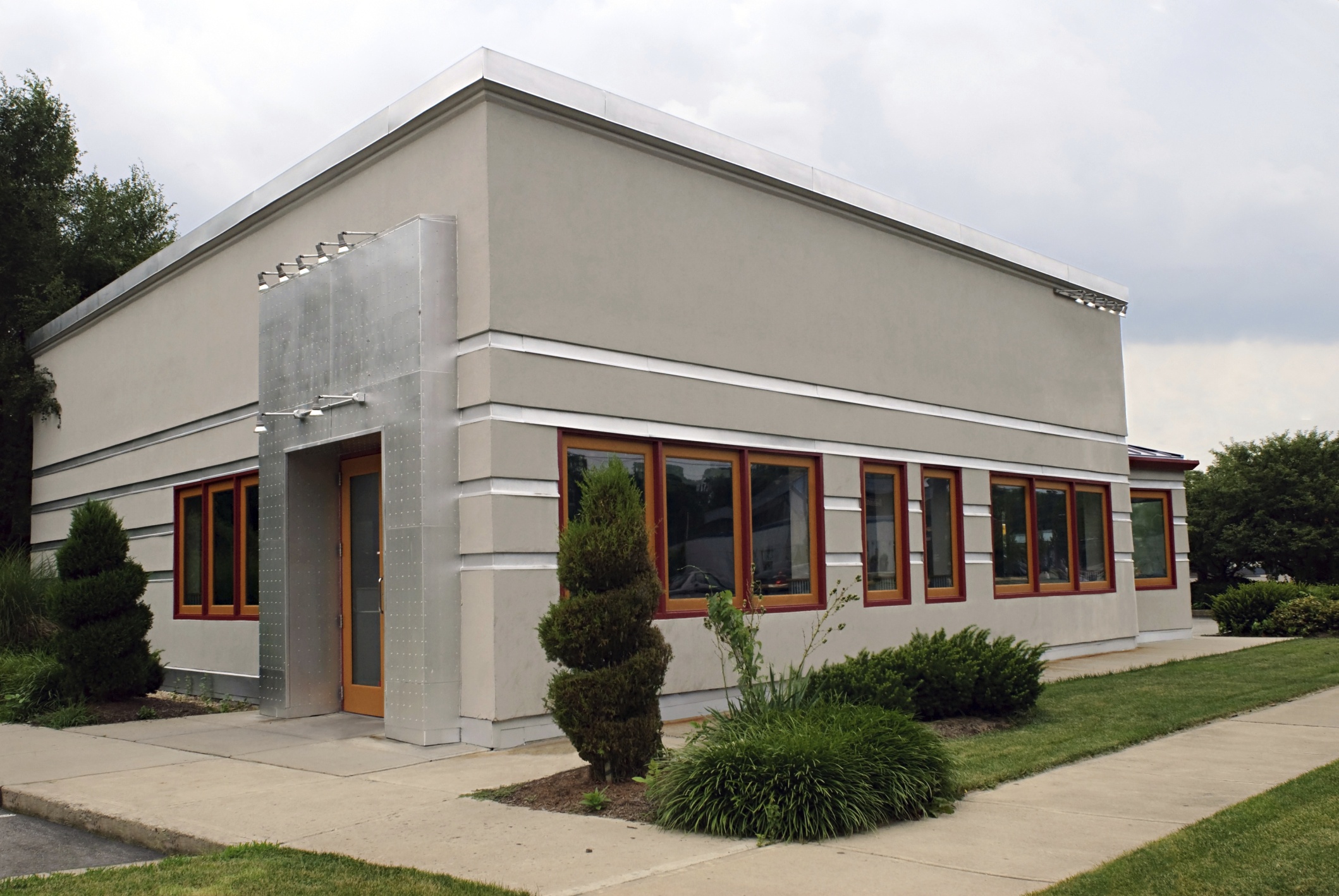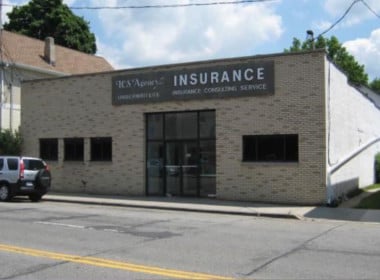Commercial Real Estate Financing: 4 Options for Your Company
- December 09, 2015
- Tips, commercial real estate
- 0

If you are thinking of opening a business, it’s time to consider commercial real estate financing options. From bank financing to credit line agreements, business owners have multiple options for securing commercial space.
Bank Financing
Many commercial banks offer real estate financing to businesses in need of loans. Bank financing is a good option for owners with excellent credit history, employment, their own company and other investments.
Typically, banks ask for 30 percent of the purchase price as a down payment on loans. In the commercial real estate financing process, banks may also check three to five years’ worth of income statements.
Private Lenders
Private lenders can include professional lending institutions, family, friends, neighbors and co-workers.
Hard money loans, also called predatory loans, are the most restrictive and an extremely expensive type of private loans.
Credit Line Agreements
Credit line agreements are a popular real estate financing strategy for those who already own at least one property. In a credit line agreement, a bank extends a line of credit that is secured by one of the owner’s other properties.
Small Business Administration
The Small Business Administration also offers financial assistance programs, including guaranteed loan, bonding and venture capital, to small businesses that meet certain requirements.
Commercial Real Estate Financing Glossary
Amortization — the principal of the loan is paid down over the life of the loan according to a specified schedule
Appraisal — an authorized valuation of a property
Balloon Payment — an oversized, final payment due at the end of a commercial loan
Break Even Ratio — gauges whether the property is in danger of default (operating expenses plus debt payments divided by gross operating income)
Cap Rate — the value of income producing properties
Cash on Cash — a formula used to analyze commercial real estate’s operating performance
Debt-Service Coverage Ratio — compares annual net operating income to annual mortgage debt service, including principal and interest
Gross Operating Income — gross income minus vacancy losses
Gross Scheduled Income — total property revenue with a zero percent vacancy rate
Loan-to-Value Ratio — the value of a property divided by its appraised value or selling price, whichever is lower
Net Operating Income — gross operating income minus operating expenses
Operating Expenses — the sum of all expenses related to maintaining a property








